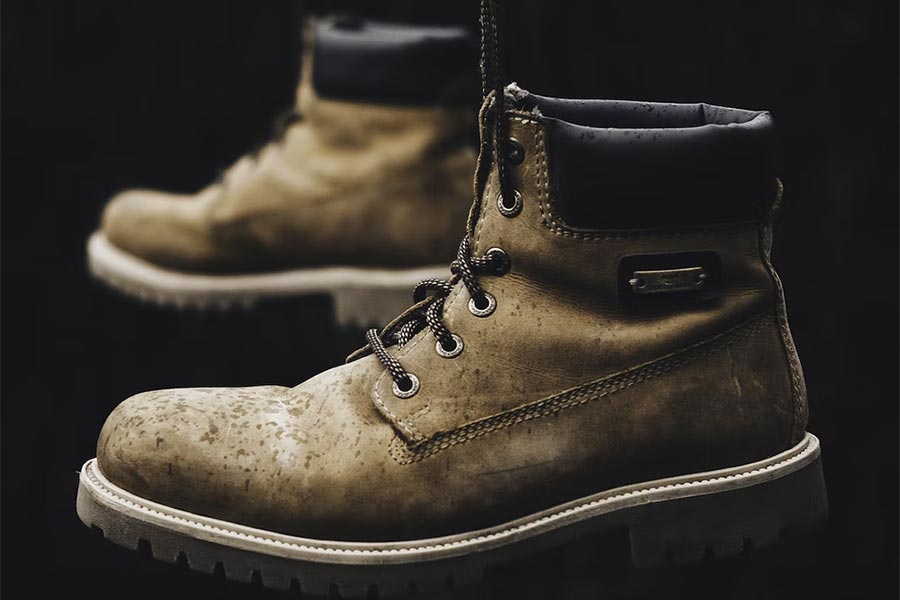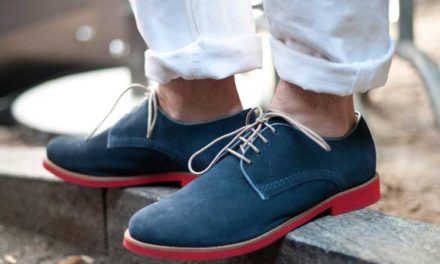Many people use boots as a fashion statement. But for those working in various essential industries, they’re a must-have tool to protect the feet and stay productive for extended periods.
There are a lot of factors to consider when purchasing work boots. For example, the type of work you do, the climate you work in, and your personal preferences. However, there are some key features that all good work boots should have.
Suppose you belong to critical industries like construction, manufacturing, agriculture, mining, and oil and gas. In that case, you must carefully assess what work boots you need to protect yourself from the hazards of your job.
And if you decide to buy yours, get them from Work Boots by Workwearhub or other reliable work boots and safety shoe suppliers.
In this article, we’ll take a look at 10 of the most important features of a good work boot.
1. Safety Toes
One of the most important features of a good work boot is a safety toe. This is especially important if you work in an environment where there is a risk of heavy objects falling or being dropped.
Also, if you work with power tools, a safety toe will protect your feet from being injured by the tool.
There are two types of work boots with safety toes; steel toe and composite toe.
Steel toe boots feature a steel cap that covers the front of the boot and is designed to withstand impact and compression. This is a heavy type of work boot and can be tiring and uncomfortable to wear for extended periods.
On the other hand, the composite toe is lighter because it uses non-metallic materials like Kevlar and carbon fiber.
Both work boots with safety toes can protect your feet from sudden impact. It would help to choose which one will be more comfortable to wear.
2. Slip-Resistant Soles
Another important feature of a good work boot is slip-resistant soles. This is important because it will help you avoid accidents if you are working in slippery conditions.
One of the most common causes of workplace injuries is slips and falls. You would want to avoid getting yourself injured and being unavailable for work. This will affect your ability to earn a living for your family.
For example, if you work in a warehouse where there is a lot of water on the floor, slip-resistant soles will help you avoid slipping and falling.
3. Waterproof
Another key feature of a good work boot is waterproofing. This is important because it will help you keep your feet dry if you are working in wet conditions.
For example, if you work in a restaurant kitchen, chances are that the floor is going to be wet. Having waterproof boots will help you avoid accidents.
4. Breathable
Breathability is another important feature of a good work boot. This is important because it will help your feet stay cool and comfortable even when you are working in hot conditions.
Breathable shoes will also help you avoid foot problems such as athlete’s foot.
5. Comfortable and Durable
Comfort is another important feature to look for in a good work boot. This is important because you are going to be wearing your boots for long periods of time. If they are not comfortable, you are going to have a lot of foot pain.
Durability is another key feature of a good work boot. Look for boots that are made with high-quality materials. This is important because you want your boots to last long.
Some of the materials you should look for include leather and rubber.
6. Good traction, easy to put on and take off
Another important feature of a good work boot is good traction. With good traction, you will be able to walk and stand without slipping. This is important because you want to avoid accidents.
Also, look for a work boot that is easy to put on and take off. This is important because you don’t want to waste time struggling with your boots.
7. Laces that stay tied
Another feature to look for in a good work boot is that the laces stay tied. This is important because you don’t want to have to stop and re-tie your laces every few minutes.
It might sound like a small thing, but it can be very annoying and possibly save you from an accident.
8. Soles that can be replaced
One last feature to look for in a good work boot is that the soles can be replaced. This is important because, over time, the soles of your boots will wear down. When this happens, you want to be able to replace them so that your boots last longer.
Things That Make Bad Work Boots (Avoid Them!)
The next time you are in the market for a new pair of work boots, keep an eye out for these things that make bad work boots. Avoiding these things will help you find a boot that is more comfortable, durable, and supportive.
- Poorly Constructed: A poorly constructed boot is likely to fall apart quickly and may not offer the support or protection you need. Avoid boots that are made with cheap materials or have poor craftsmanship.
- Uncomfortable: An uncomfortable boot is likely to cause foot pain and may lead to blisters or other problems. Avoid boots that are too tight, too loose, or made from materials that irritate your feet.
- Not Durable: A boot that is not durable is likely to fall apart quickly and will not stand up to the rigours of your job. Avoid boots made from cheap materials or that are not well-constructed.
- Not Protective: A boot that does not protect your feet from the hazards of your job is putting you at risk for injury. Avoid boots that do not offer toe protection or a slip-resistant sole.
- Not Breathable: A boot that is not breathable can cause your feet to overheat and become sweaty and uncomfortable. Avoid boots made from waterproof materials or that are not well-ventilated.
- Not Lightweight: A boot that is not lightweight can cause fatigue and make it difficult to wear all day long. Avoid boots made from heavy materials or that are not well-constructed.
- Not Flexible: A boot that is not flexible can be difficult to walk in and may cause foot pain. Avoid boots with a rigid sole or an inflexible lacing system.
- Not Slip-Resistant: A boot that does not have a slip-resistant sole can put you at risk for injuries on slippery surfaces. Avoid boots with a smooth sole or that are made from slippery materials.
- Poorly Styled: A boot that is not stylish can be difficult to coordinate with your wardrobe. Avoid boots in an unflattering style or that are made from materials that do not match your personal style.














